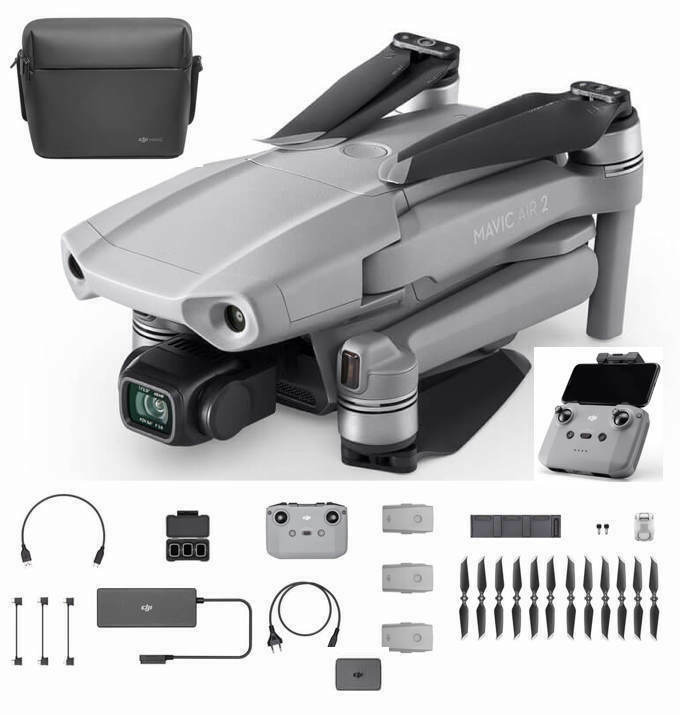-40%
DJI Aplified Range Extenders Titian Drone Command Case. Fly The Furthest!!
$ 171.6
- Description
- Size Guide
Description
DJI Aplified Range Extenders Titian Drone Command Case. Fly The Furthest!!.Command Case does not come with Remote controller or iPad !! just using it as a reference) ( this is for modified Dji RC only !!! Do not buy this if you do not know what your doing . Last two pictures are just references recommended by ebay. Last time buyer used those two pictures to get himself a refund because he did not have proper modified RC .and wanted me just to give it to him lol. If I see that you have negative feedback due to bidding or accepting item without paying I will not do business with you . I do not deal with time wasters. That being said do not hesitate to ask questions. All pictures besides last two are of actual unit you are getting. Thank you !!!)
Are you sick of losing your video feed whilst using your Go App and trying to control your DJI drones even within Line Of Sight? One of the main reason for the lost of video feed is the environment in which you are flying. If it is a congested urban area with extensive Wifi Signals, these will interfere with the 2.4GHz frequency as utilised by your DJI’s RC to communicate with your DJI’s drone.
In order to overcome these congested RF “airwaves”, you will need to be able to focus your signal and increase the power at the same time. To use a simple analogy, imagine driving at night with your normal headlights. In 99% of cases, they are perfect for your needs. However, imagine having to drive through a heavy fog region every night, your headlights are now next to useless as the beam are scattered. This is where fog lights come in. They use a narrow and focussed beam to penetrate the thick fog. Obviously light waves and RF waves are not identical, hence I was only using a similar in concept analogy so everyone can easily picture it in their minds.
Traditionally, people have been using patch antennas (focus RF beam) and bulky external amplifiers ( increase power ) attached to their DJI’s RC. These are not only bulky and attracts unwanted attention as they look like something made from a backyard by a mad scientist. It was also a hinderance to carry during transport as it NO longer fit in most cases designed for your DJI’s drones.
An innovative ground station is now available and still follow the same principle of power and focused bean. However it break the mould in that it is portable, discrete, removable and relatively affordable.
Made in The USA from high quality components, this system consists of one pair of Linear Polarized Antennas and 4W Powered Lightbridge signal booster with an integrated 6800mAH battery enough for 5-6 flights. It is portable and discrete as the antennas are integrated into a high quality Nanuk 910 case. The Ground Station is easily removable for assembly or disassembly in less than 5 minutes. It is the same size as a small notebook and connects via QMA to your modified DJI RC. The built in Lipo battery Charges directly via 12.5V jack from the supplied transformer. The Conquer GS can be mounted on a tripod for better directional stability.
What I like most about this system is the focussed beam for deep penetration in a congested wifi environment. As with all directional system, you will need to fly accordingly and keep your flight path within the focus beam with +/- 30 degree on the horizontal and vertical plane. If you are within this focussed path, you will not have any issue with lost of signal.
How does the system work?
Transmit link:
Interface 1 receives an external source signal, from lightbridge; after the RF switch it will be passed to the attenuator, the attenuator will be the second stage signal to the two power amplifiers, and finally passed to the output of the RF switch, and finally sent to the patch antennas and to your UAV.
Receive link:
Interface 2 receives spatial signals via the RF switch, passed to the low-noise amplifier, low-noise amplifier outputs the signal to the RF filter, and finally passed to the input RF switch, and finally sent to the interface.
The unit Uses direct sequence (DSSS), orthogonal frequency division multiplexing (OFDM) to amplify the signal and is fully compatible with DJI Drones as long as you modify your RC.




















